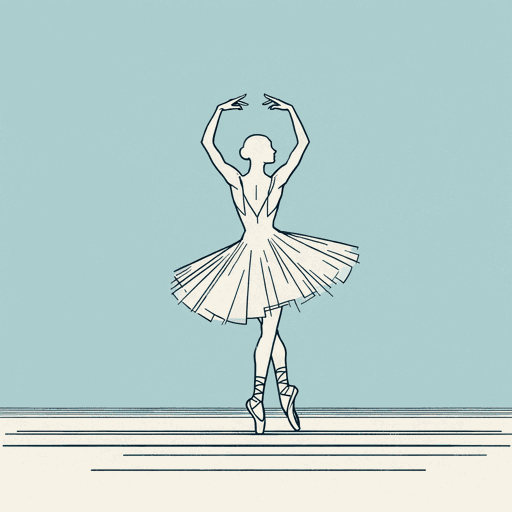42 pages • 1 hour read
Modris EksteinsRites of Spring: The Great War and the Birth of the Modern Age
Nonfiction | Book | Adult | Published in 1989A modern alternative to SparkNotes and CliffsNotes, SuperSummary offers high-quality Study Guides with detailed chapter summaries and analysis of major themes, characters, and more.
Themes
The Gesamtkunstwerk and the Impetus to Violence
Nineteenth century German composer and music theoretician Richard Wagner coined the concept of the “total work of art,” or Gesamtkunstwerk. The Gesamtkunstwerk was essentially the synthesis and synchronization of different art forms. Such an idea was instrumental to Diaghilev’s mutiny in ballet, as he revolutionized an art form that, by the end of the 19th century, had become “pleasant, controlled steps” and virtuoso pirouettes, with the secondary elements of music and scenery (25). Believing that each element of production should play an instrumental role, Diaghilev commissioned exotic and innovative musical scores by Rimsky Korsakov and Stravinsky and “stunning” sets by Leon Bakst, Alexandre Benois, and Nicholas Roerich, whose “bright and provocative colors and lavish features” were “an integral part of the spectacle” (25).
Eksteins notes how Diaghilev aimed to:
…produce a synthesis […] of all the arts, of a legacy of history and a vision of the future,” wishing “to fuse the double image of contemporary life - an age of transition - into a vision of wholeness, with emphasis, however, on the vision rather than the wholeness, on the quest, the striving, on the pursuit of wholeness, continuing and changing though this had to be (33).


